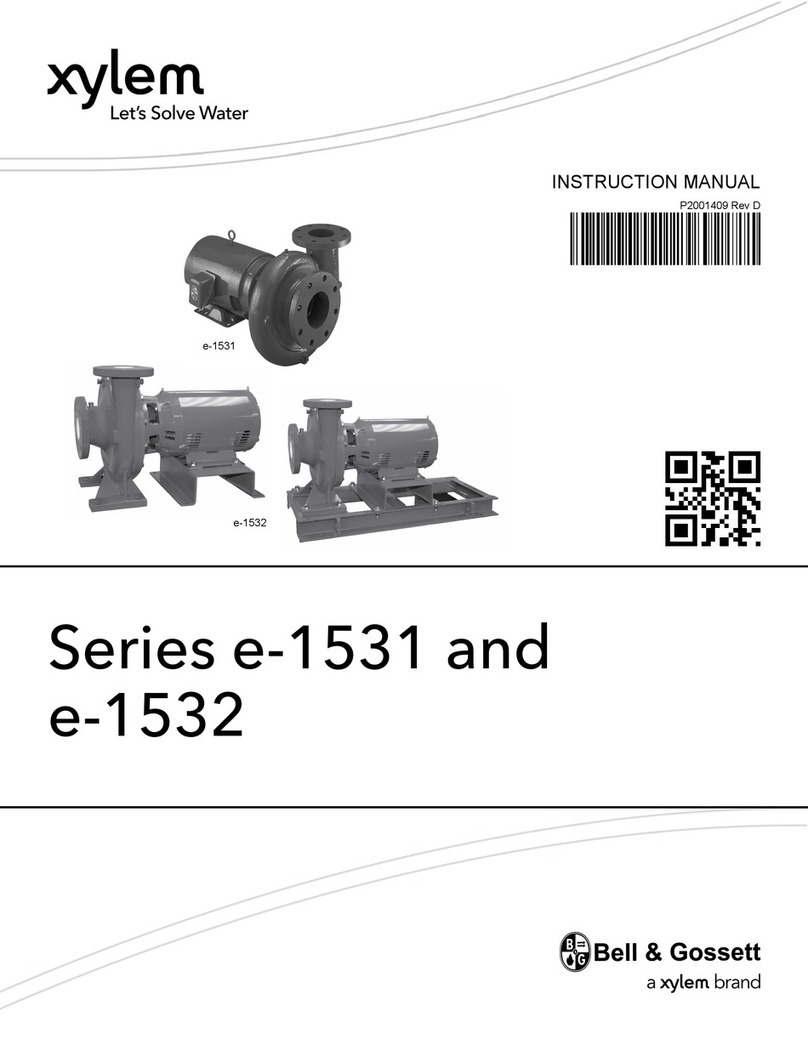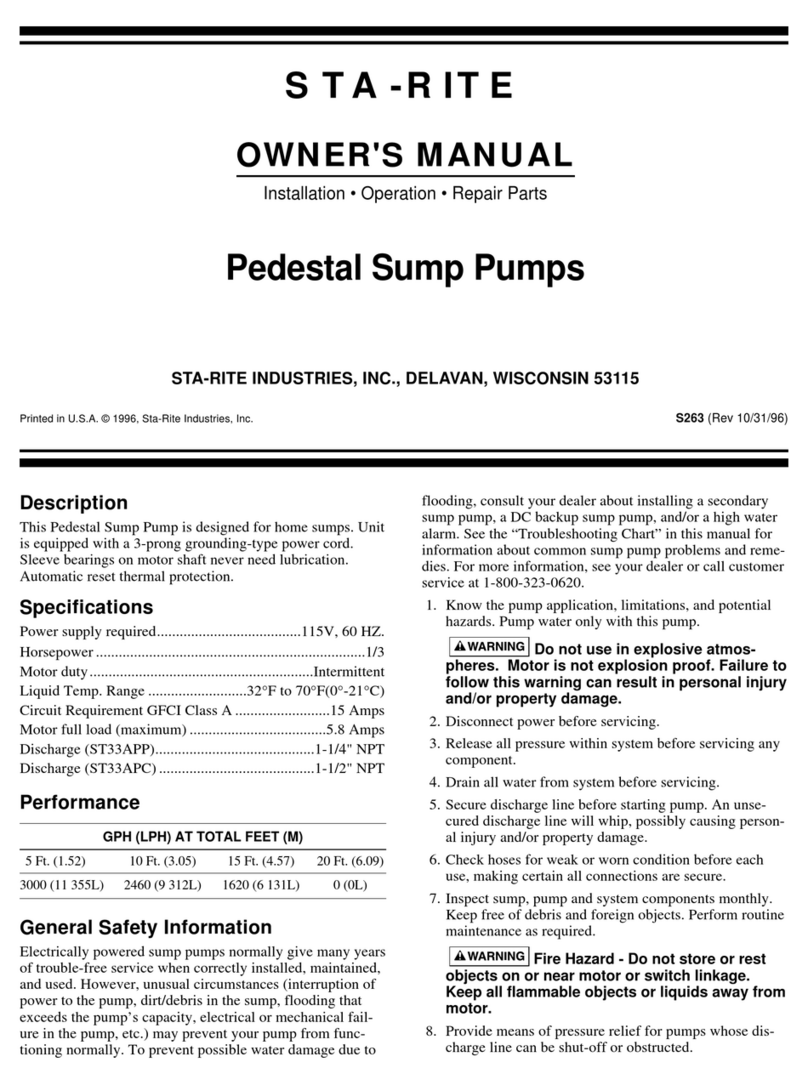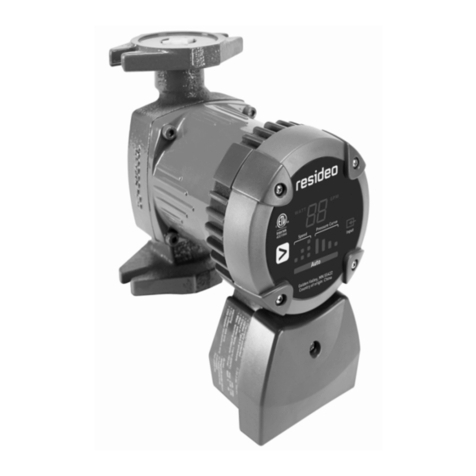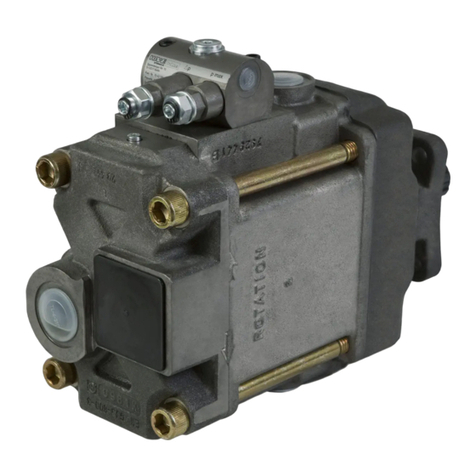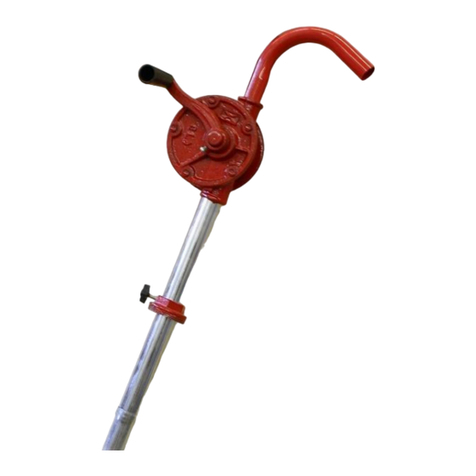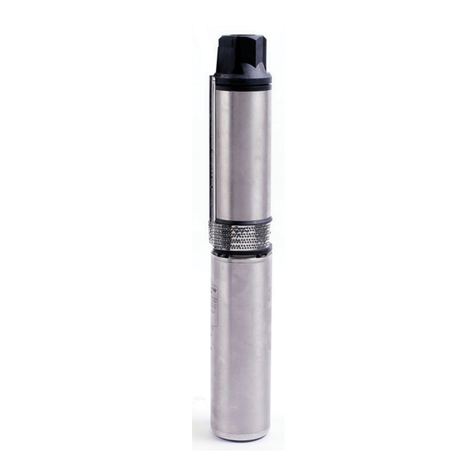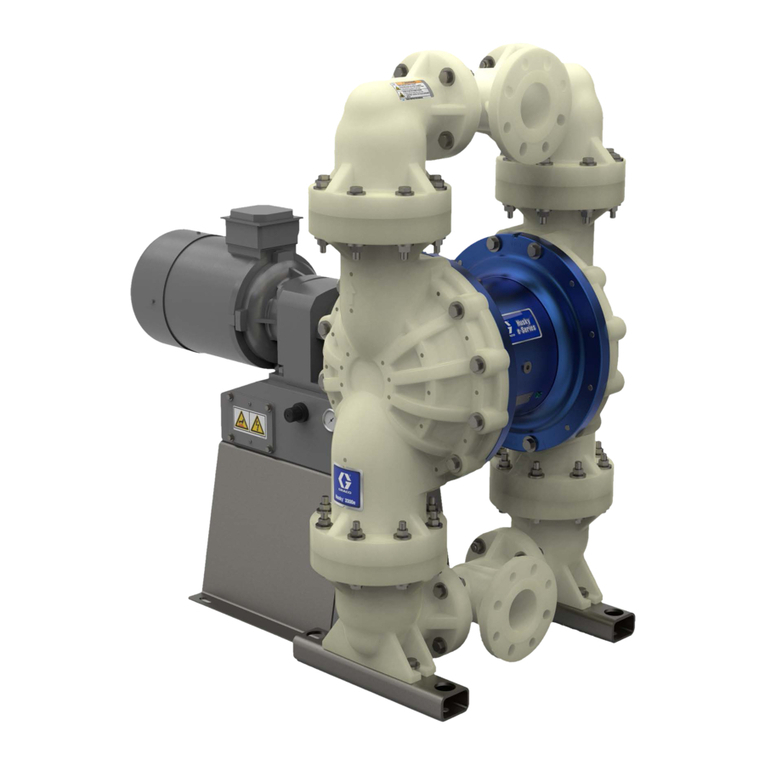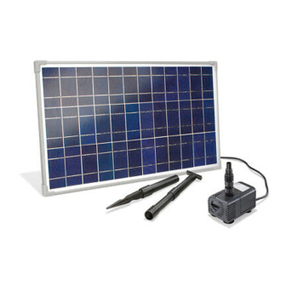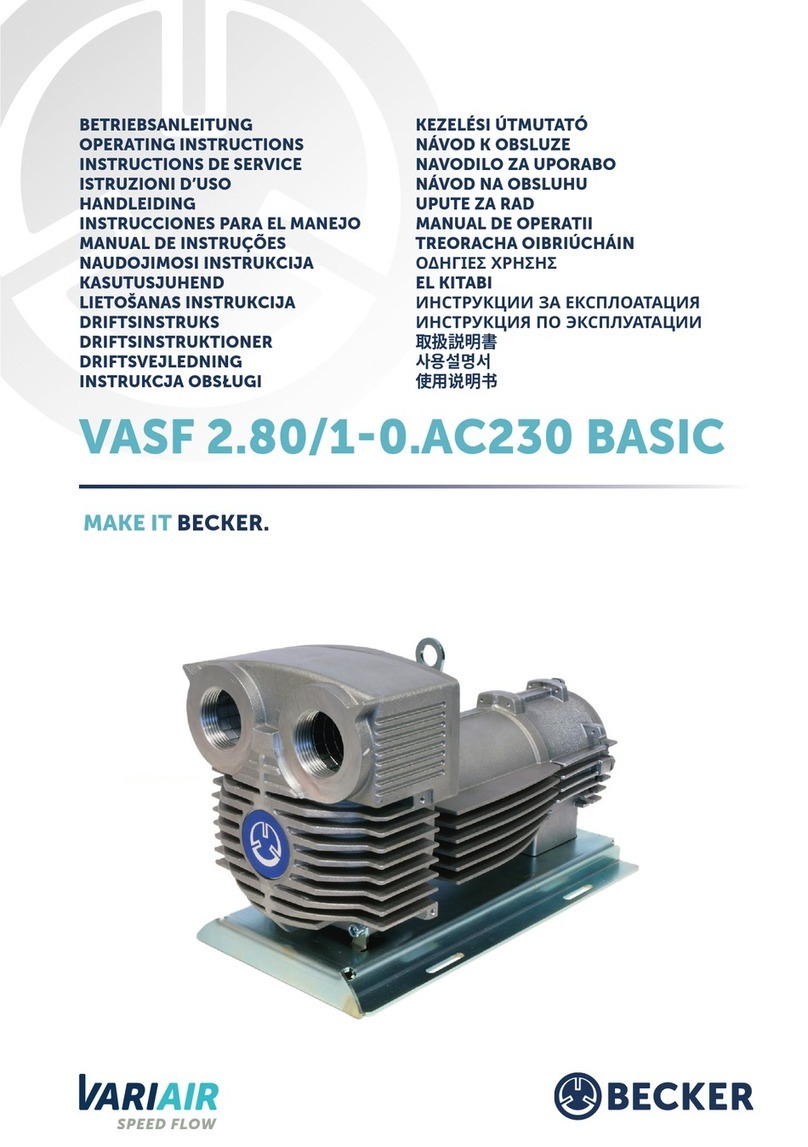GB
2 MU1H-1382 GE23 R0521
1 Safety Guidelines
1. Follow the installation instructions.
2. Use the appliance
• according to its intended use
• in good condition
• with due regard to safety and risk of danger.
3. Note that the appliance is exclusively for use in the
applications detailed in these installation instructions
(see 4.2 Technical Data). Any other use will not be
considered to comply with requirements and would
invalidate the warranty.
4. Please take note that any assembly, commissioning,
servicing and adjustment work may only be carried
out by authorized persons.
5. Immediately rectify any malfunctions which may
influence safety.
1.1 General comments
• The operating manual includes basic instructions for
assembly, operation and maintenance. They ensure
safe handling and avoids personal injuries or property
damage
• Observe all safety instructions.
• Before assembly and start-up, the manual has to be
read by the operator as well as by the responsible
technical/operating personnel and has to be stored at
the site of the compact booster unit at all times.
• This operating manual must always remain accessible
at the plant.
• Instructions and markings that are directly attached to
the product have to be observed and must be kept
completely legible. This applies for example to:
• Arrow for flow direction
• Connection labels
• Identification plate
1.2 Intended use
The compact booster unit may only be operated in such areas
as described in the other applicable documents.
• Operate the compact booster unit only if it is in perfect
working condition.
• Do not operate the compact booster unit if it is only
partially assembled.
• The compact booster unit may only be used to pump
the medium as described in the documentation of the
respective version.
• Never operate the compact booster unit without pump
medium.
• Observe the values for minimum pumping rates
(avoiding damage because of overheating, storage
damage, ...).
• Observe the values for maximum pumping rates (to
avoid damage due to overheating, floating ring seal
damage, cavitation damage, storage damage, ...).
• Do not throttle the input of the compact booster unit (to
avoid cavitation damage).
• Other modes of operations, if not mentioned in the
documentation, have to be coordinated with the
manufacturer.
1.3 Personnel qualification and training
• Only let specially qualified personnel perform repair
and maintenance work.
• The area of responsibility and supervision of the
personnel must be precisely regulated by the
operator during transport, installation, operation,
maintenance and inspection.
• This compact booster system may only be asembled,
started, maintained, and shut down by persons who
have been trained, instructed and authorised to do so.
• In some cases, training can be arranged by the
manufacturer if asked by the operator.
• Training or personnel to operate system may only be
conducted under the supervision of specialised
technicians.
1.4 Consequences and dangers that
result from not observing the
manual
• Not observing this manual will lead to loss of the
warranty and make damage claims invalid.
• Failure to observe the manual can lead, for example,
to the following dangers:
– Hazard to persons caused by electrical, thermal,
mechanical, and chemical influences
– Loss of important product functions
– Failure to perform required maintenance and
service measures
– Environmental hazard caused by leakage of
hazardous substances
1.5 Safety-conscious working
Besides the safety instructions presented in this manual and
its intended use, the following safety regulations are valid:
• Accident prevention regulations, safety and operating
regulations
• Explosion prevention and protection regulations
• Safety regulations for handling hazardous substances
• Applicable standards, regulations and laws



